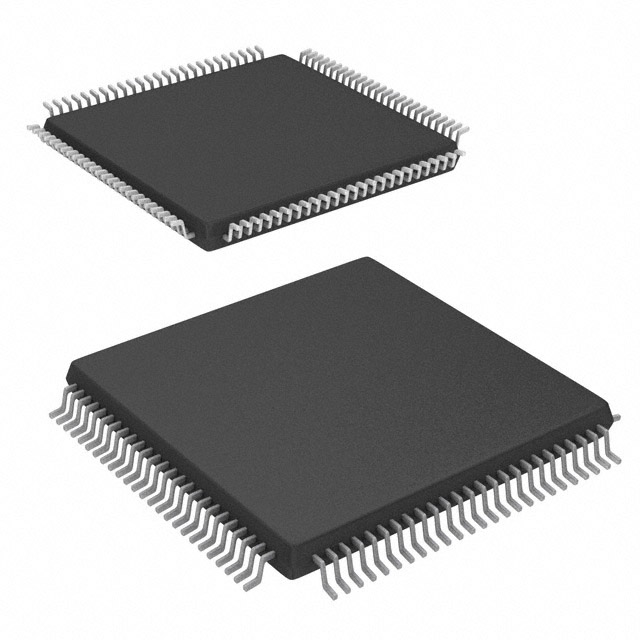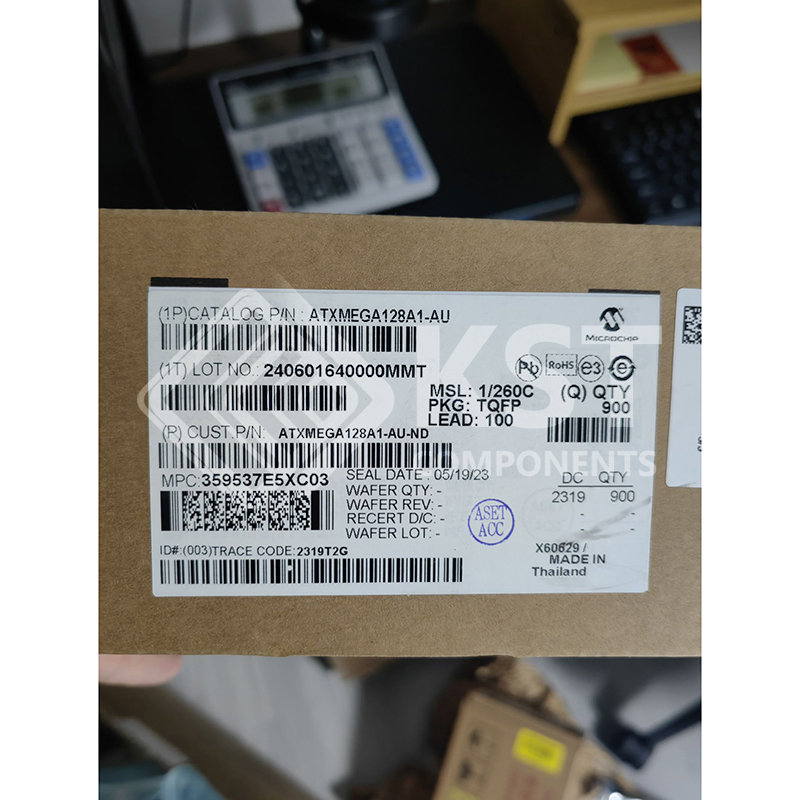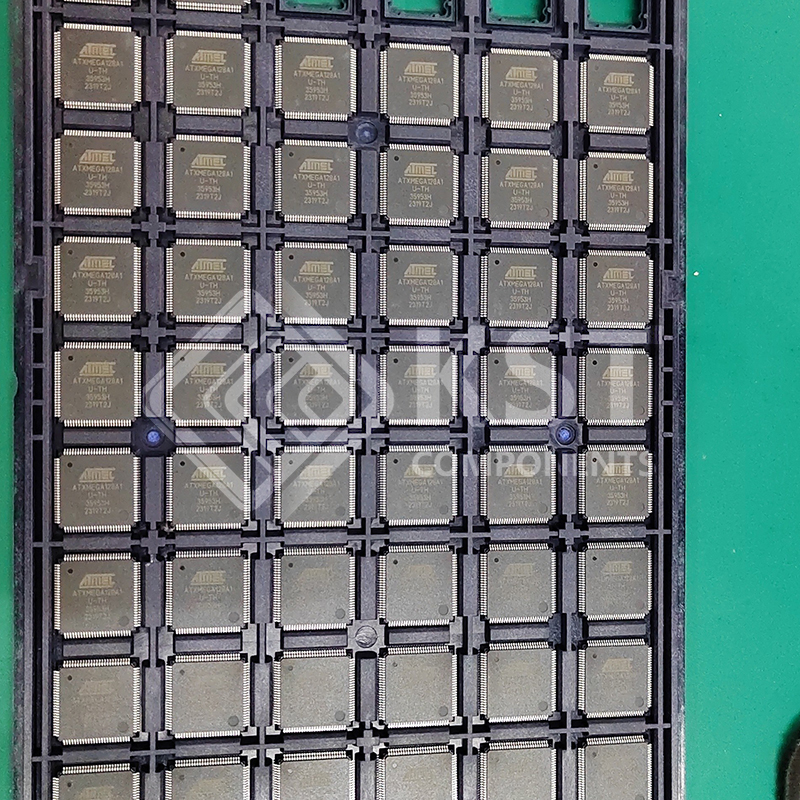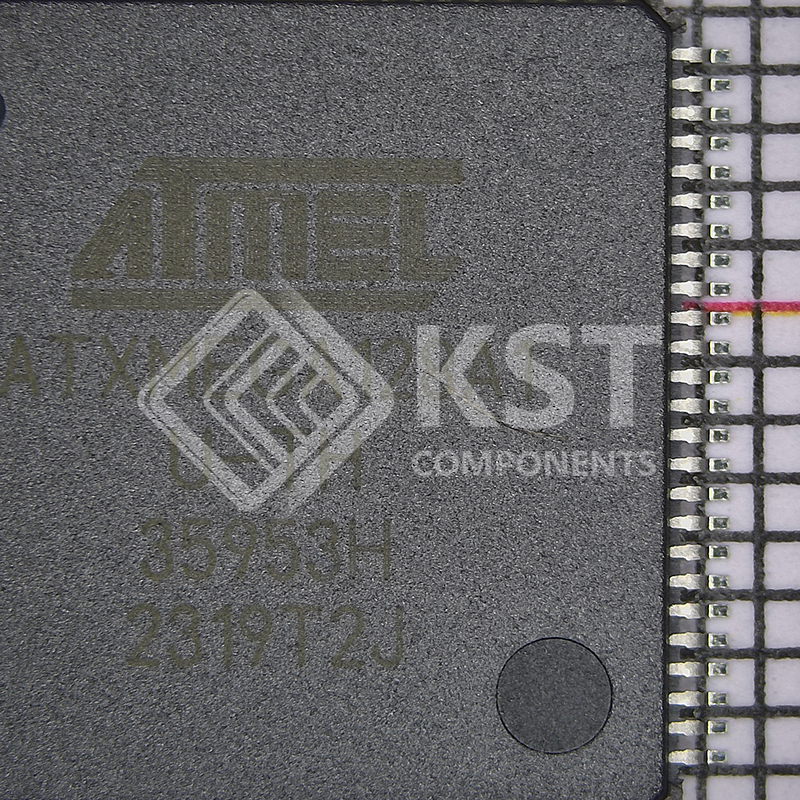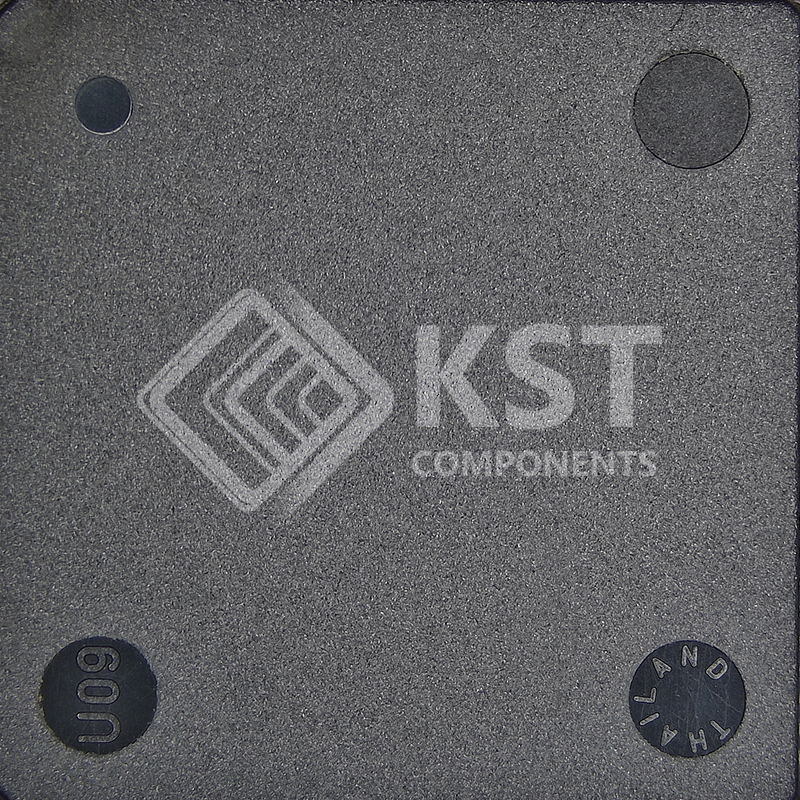The Atmel AVR XMEGA is a family of low power, high performance, and peripheral rich 8/16-bit microcontrollers based
on the AVR enhanced RISC architecture. By executing instructions in a single clock cycle, the AVR XMEGA devices
achieve CPU throughput approaching one million instructions per second (MIPS) per megahertz, allowing the system
designer to optimize power consumption versus processing speed.
The Atmel AVR CPU combines a rich instruction set with 32 general purpose working registers. All 32 registers are
directly connected to the arithmetic logic unit (ALU), allowing two independent registers to be accessed in a single
instruction, executed in one clock cycle. The resulting architecture is more code efficient while achieving throughputs
many times faster than conventional single-accumulator or CISC based microcontrollers.
The AVR XMEGA A1 devices provide the following features: in-system programmable flash with read-while-write
capabilities; internal EEPROM and SRAM; four-channel DMA controller, eight-channel event system and programmable
multilevel interrupt controller, 78 general purpose I/O lines, 16-bit real-time counter (RTC); eight flexible, 16-bit
timer/counters with compare and PWM channels, eight USARTs; four two-wire serial interfaces (TWIs); four serial
peripheral interfaces (SPIs); AES and DES cryptographic engine; two 16-channel, 12-bit ADCs with programmable gain;
two 2-channel, 12-bit DACs; four Analog Comparators (ACs) with window mode; programmable watchdog timer with
separate internal oscillator; accurate internal oscillators with PLL and prescaler; and programmable brown-out detection.
The program and debug interface (PDI), a fast, two-pin interface for programming and debugging, is available. The
devices also have an IEEE std. 1149.1 compliant JTAG interface, and this can also be used for boundary scan, on-chip
debug and programming.
The XMEGA A1 devices have five software selectable power saving modes. The idle mode stops the CPU while allowing
the SRAM, DMA controller, event system, interrupt controller, and all peripherals to continue functioning. The powerdown mode saves the SRAM and register contents, but stops the oscillators, disabling all other functions until the next
TWI or pin-change interrupt, or reset. In power-save mode, the asynchronous real-time counter continues to run, allowing
the application to maintain a timer base while the rest of the device is sleeping. In standby mode, the external crystal
oscillator keeps running while the rest of the device is sleeping. This allows very fast startup from the external crystal,
combined with low power consumption. In extended standby mode, both the main oscillator and the asynchronous timer
continue to run. To further reduce power consumption, the peripheral clock to each individual peripheral can optionally be
stopped in active mode and idle sleep mode.
Atmel offers a free QTouch library for embedding capacitive touch buttons, sliders and wheels functionality into AVR
microcontrollers.
The device are manufactured using Atmel high-density, nonvolatile memory technology. The program flash memory can
be reprogrammed in-system through the PDI or JTAG interfaces. A boot loader running in the device can use any
interface to download the application program to the flash memory. The boot loader software in the boot flash section will
continue to run while the application flash section is updated, providing true read-while-write operation. By combining an
8/16-bit RISC CPU with in-system, self-programmable flash, the AVR XMEGA is a powerful microcontroller family that
provides a highly flexible and cost effective solution for many embedded applications.
All Atmel AVR XMEGA devices are supported with a full suite of program and system development tools, including C
compilers, macro assemblers, program debugger/simulators, programmers, and evaluation kits.
Download Details PDF
Notice:
In stock will ship in 2 days. Real-time inventory pls confirm with us.



